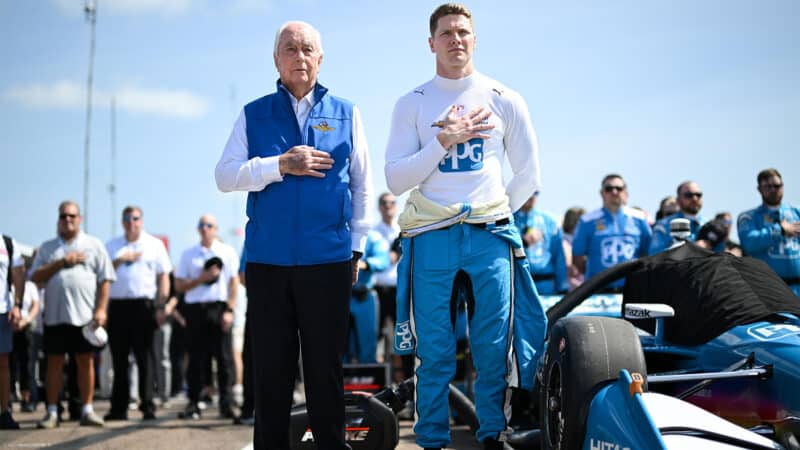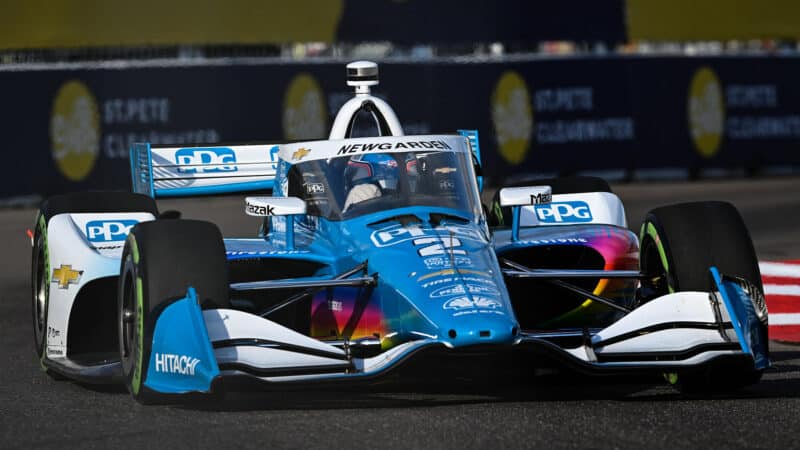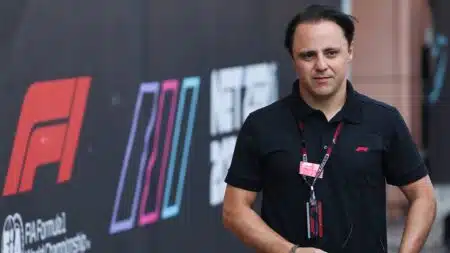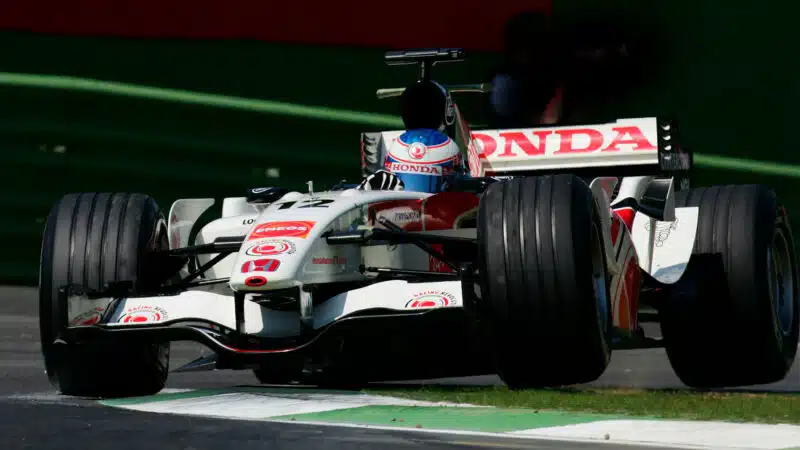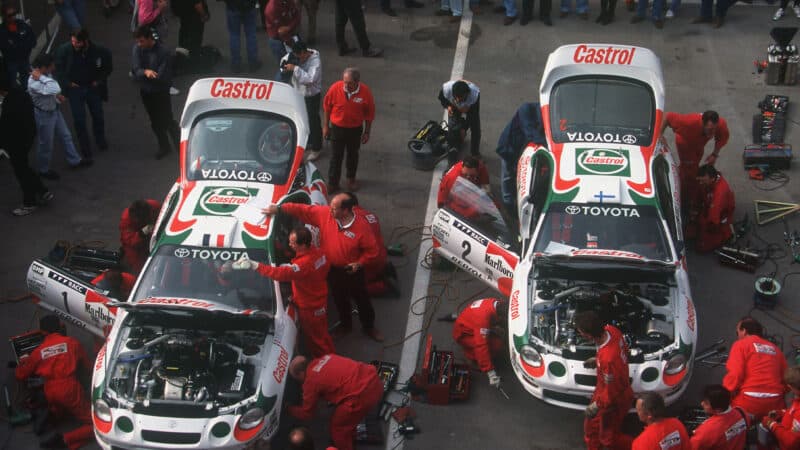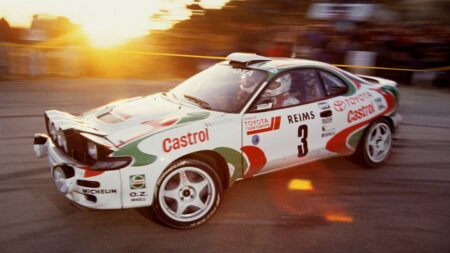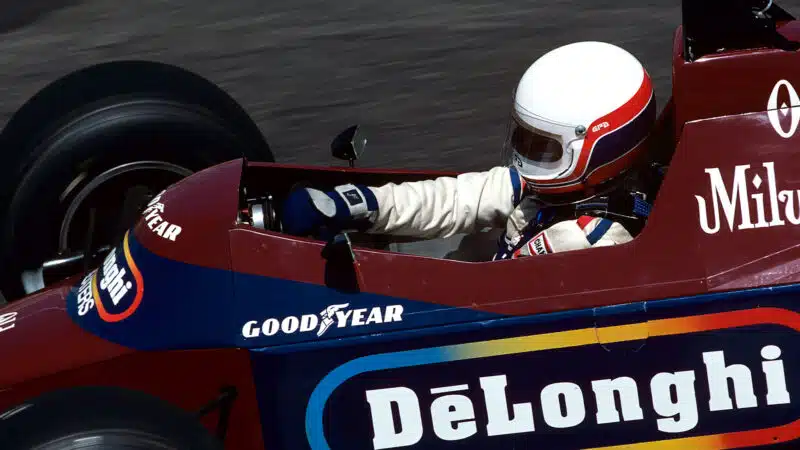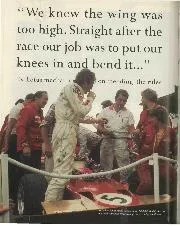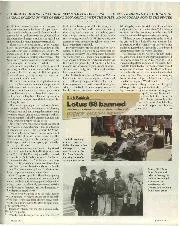The wished-for safety car period then duly arrived – in on the plan, Nelson Piquet Jr was ordered to crash his Renault at Turn 17 on lap 15, bringing out Bernd Maylander and his Mercedes.
As everyone else dived in, Alonso found himself in the lead and duly delivered the victory – apparently saving the Renault F1 team. He would win again in Fuji later that year.
Piquet was told his job was on the line if he didn’t comply with the scheme, but was fired anyway partway through 2009. The Brazilian responded by reporting Briatore and Symonds to the FIA, who were both banned from F1 for a period. Alonso was cleared of any involvement or knowledge.
Renault ironically pulled out of the series anyway in the midst of the scandal (as a constructor, but not an engine supplier), calling time on its involvement following 2010.
In the Singapore chaos which had ensued behind a freshly-pitted Alonso, Massa, who had come in from the lead, drove off with his fuel hose still attached, forcing him to stop at the end of the pitlane.
The botched stop meant the Ferrari driver would finish 13th while Lewis Hamilton would win both the race and eventually the championship in Brazil. Massa now claims this directly lead to him missing out on the title – he has filed papers calling for himself to be recognised as the rightful champion and claiming £64m in damages, with the case still ongoing.
2007: McLaren and Ferrari’s ‘Spygate’ controversy

McLaren was penalised after coming into possession of Ferrari documents due to a Scuderia employee
Paul-Henri Cahier / Getty Images
A year before SIngapore, a leading team had been involved in a scandal just as controversial – and involved it being thrown out of entire championship.
Nigel Stepney, who had risen from being chief mechanic at Ferrari to its race and test technical manager, was reportedly unhappy at the restructuring the Scuderia had gone through following the departure of Ross Brawn and Michael Schumacher, its dominant ‘dream team’ being broken up – the former told Autosport he was “unhappy” with the new situation.
